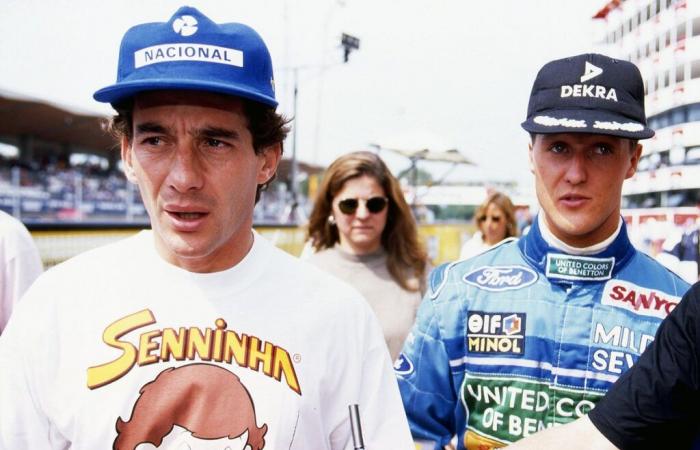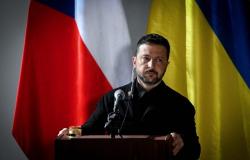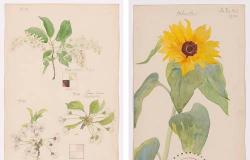Jonathan Wheatley I was in his fourth season in the Formula 1 As a mechanic in 1994, after working on Roberto Moreno’s car in Benettonbefore the Brazilian was replaced by Michael Schumacher.
That gave him a privileged seat to witness the first bars of what promised to be one of the great rivalries of motor racing … until the tragedy hit imola during the weekend of the San Marino Grand Prix31 years ago.
Who did not live that time in the F1 They tend to see it as an era of ruthless competition, marked by political and technical intrigues. The team Benetton He spent a good part of that year on suspicion of having violated the regulation.
On track, duels between Schumacher y Ayrton Senna “The ambitious young man against the great consecrated champion,” they often fit into that story of bitter confrontation. Both used to complain openly to the other’s behavior when fighting for position.
But Wheatleynow team leader in Sauberremember a completely different environment behind the scenes.
“In 1994 we had a constant relationship,” he said at the Pódcast Beyond the Grid de F1. “Michael marked the pole, and when Ayrton left the garage, I taught him the poster with Michael’s time.”
“He lifted the visor, shook his head, he lowered it. He entered, made a faster return than Michael, and then looked at me from the wall as if saying: ‘Where is my time [en el cartel]?’”.
“There was a camaraderie that people may not know. It’s not just a fierce competition with others. You are constantly in contact with them.”
The weekend facts of the San Marino Grand Prix They brought to light that feeling of union that was lived in secret: in the days prior to the fatal accident of Senna In the race, on May 1, Rubens Barrichello had come unharmed from a strong clash against barriers during Friday’s training, and Roland Ratzenberger He had died on Saturday when his Simtek’s front wing was detached at high speed.
The F1 at that time was very different from the current one for Paddock personnel: there were no left touches that would limit work hours, and among young mechanics, a hard work ethic prevailed. What happened in Icola was a brutal reminder of the risks inherent to top -level motoring.
“Icola 1994 is the worst weekend I can remember,” he said Wheatley. “I still have emotions very present.”
“I keep many things about that ’94 because, for me, as a young man, it was a turning point. I perfectly remember Mick Cowlishaw, the chief of mechanics of [Benetton]approaching me, putting my hand on my arm – because I knew the relationship I had and how I lived it – and telling me that [Senna] He had left. “
“That weekend was full of hard times. Rubens’s accident, when he covered his face with his hands at the time of the impact against barriers … that image is incredible. It shows the human being inside the car.”
“Then Roland. I remember seeing him on television and understanding the instant that it was not a normal accident – it was something very, very serious. And in the race, JJ [Lehto] Stop on the grill, the huge impact caused by the red flag … “
“After [Michele] Alborto loses a wheel in the Pitlane and the nut hits my number one mechanic, cuts her leg. The wheel enters the box of Lotus And hits someone there … and then the Senna accident arrives in the race. “
“We did not want to get on the plane. I remember that we were sitting in the airport room in silence. Williams’s Ayrtonand none of us wanted to fly – ‘What will be the next thing that happens?’ “
In this article
Stuart Codling
Formula 1
Michael Schumacher
Ayrton Senna
Be the first to find out and subscribe to receive updates by real news email on these issues.
Subscribe to news alerts






